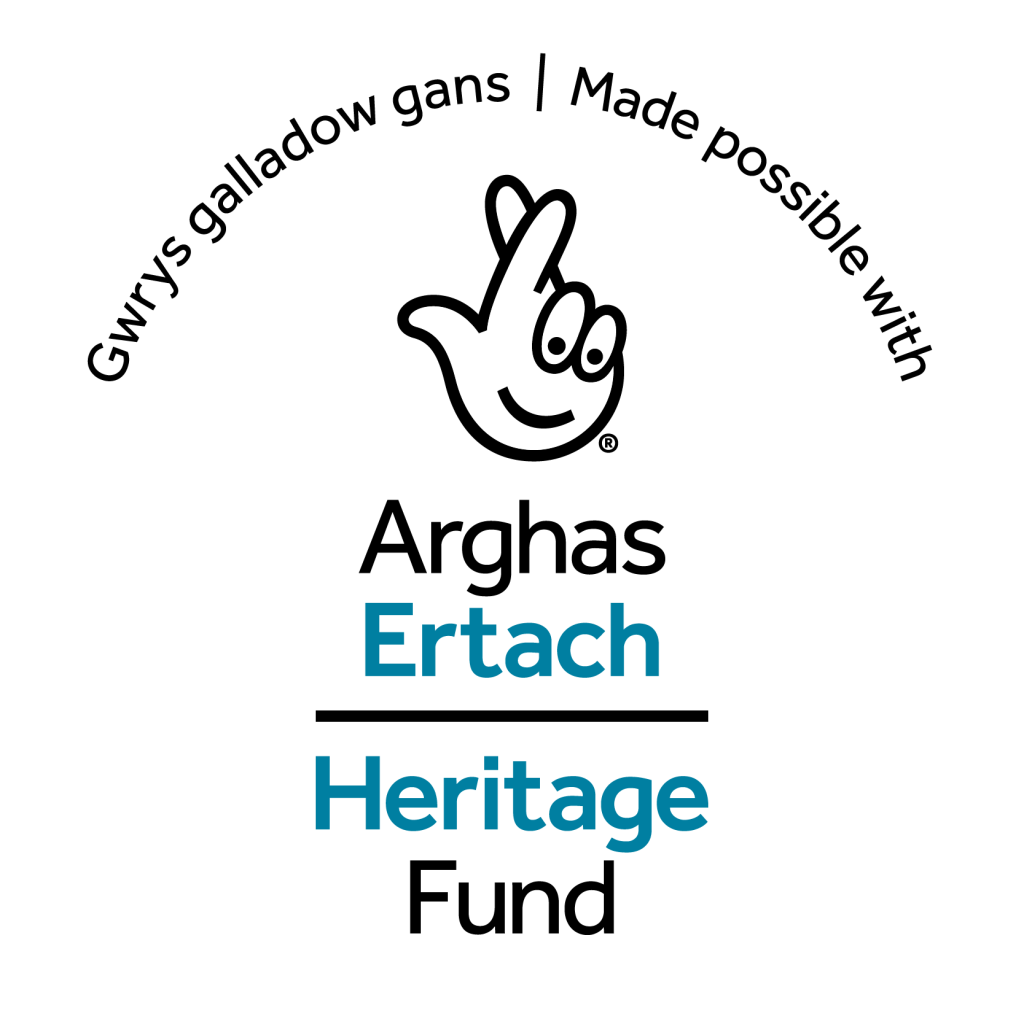We want to research what the next step for Queer Kernow’s collections should be, present and future. We would like to connect with the local community to understand how our collections can best serve their needs. This idea was sparked by the organic growth of the Queer Kernow Collection, which started in 2020 and currently holds over 50 objects (many of which were donated to us). The collection itself was not something we initially set out to do, but is a byproduct of our close and trusting relationship with the queer community in Cornwall.
We believe the reason we have become an unofficial ‘repository’ for the community is that our project is community-led, front-facing, and truly embedded within the LGBTQ+ sphere. As a result of this, we have cultivated a deep level of trust and understanding which is not reflected with other local heritage organisations – leading people to donate their objects, stories, and memories to Queer Kernow. This is what has led us to the question of how to maintain, process, and develop the items and stories in our care, as well as how to collaborate with other heritage organisations in Cornwall and share what we have been given with the wider community.
We hope to use this funding to research the best ways of curating this collection: whether that is through long-term loans with heritage partners, an online digital collection hosted on a new Queer Kernow platform, or establishing a Queer Kernow physical space. Additionally, we would look into whether we should be consciously collecting from the community with a formal collections policy, as currently we have no such policy in place. We would also like to explore the differences between physical and digital collecting, and whether prioritising oral histories or physical objects would be the best way forward.
Overall, our goal is to identify the best path for Queer Kernow’s collections in the future. We will achieve this by working closely with the community to see what objects they are interested in seeing, how they would like to access the collection in its current state, and the ways in which they would like to engage with their history.

